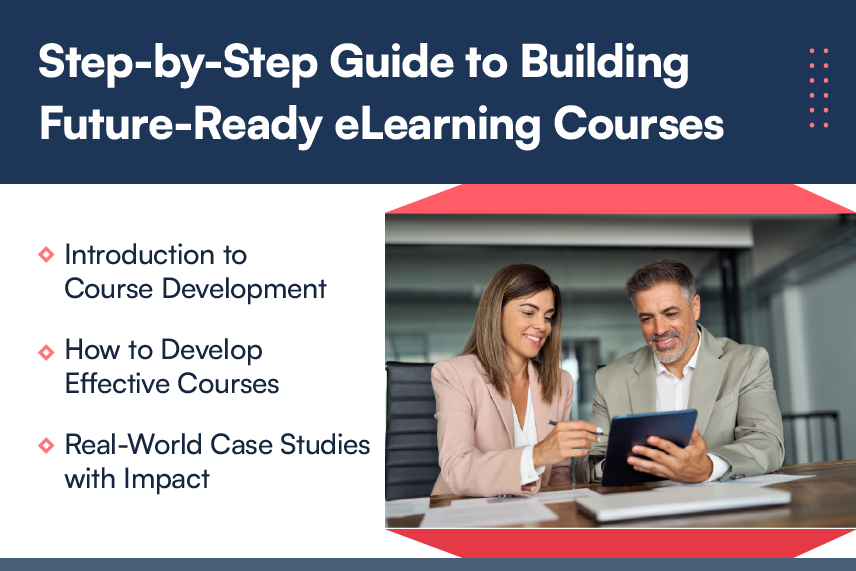We often talk about “making” a course interactive or engaging, but how can we approach content that is not engaging in itself? “Converting” flat and uninspired page-turners into something that actually engages and retains the learner’s interest is not as easy as it seems, and we learned this the hard way. This would be best demonstrated by explaining how we worked on one of our courses.
The job seemed simple enough when it first came to us – a course explaining company policies. A drab page-turner made in Powerpoint, the content was capable of putting even the Instructional Designers to sleep! The content was vital and important information, to be sure, but if it failed to interest the teacher, how would it ever engage the learner?
The content that came already used some interactivities created in Articulate Engage, and was published using Presenter. But those interactivities were as engaging as pressing a “Next” button that appeared in different places on the screen. Let’s face it – Tabs and Process interactivities are still page-turners of sorts. Do we add more of these interactivities? Maybe turn some of the content into interactive diagrams or a “click-and-reveal”? That would only serve to reduce the number of screens in the course, not make it any more interesting than it was. The solution had to be much more radical.
We were eager to try out some branching scenarios, but the scenarios given didn’t leave room for much engagement, and neither did the final seat-time of the course permit us to use some creative stories or building up and elaborate atmosphere. Using Articulate Storyline, we managed to hit on a solution that gave a most beautifully interactive way of navigating through the course. Since we couldn’t use branching scenarios with what we were given, we decided to turn the entire course into one big scenario!
We used a scenario where it’s the learner’s first day at the company (which it very well might have been in real life), and they are being given a tour of the office. This allowed us to place each module in a separate virtual location, each one in a different “room” in the office. Just like an office, the learner is free to move between the various rooms, creating a non-linear navigation for the course.
We often use mentors or guides to better engage the learner, but with the scenario of several rooms, we managed to get closer to creating the office environment – we had no less than 5 different mentors in our course! Each mentor guided the learner through a different set of rooms, creating an effect of that person having expertise in that area, just like a real office!
The content itself was presented as a visual treat. The various “rooms” allowed to us have different backgrounds for each module, and have the content appear in styles that was similar to what you would find in that “room”. We created “click-and-reveal” interactivities on non-Engage screens, with various visual effects, giving some more interactive opportunities for the learner.
Where the original course was interactive with “sit-and-stare” Powerpoint screens in between, the new course tied them together into a beautiful bundle that was engaging and interactive even on non-Engage screens.
The crowning glory of this whole project – it was done in less than a month!
Interested to learn more? Write to contact@harbingergroup.com.






